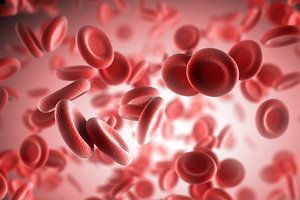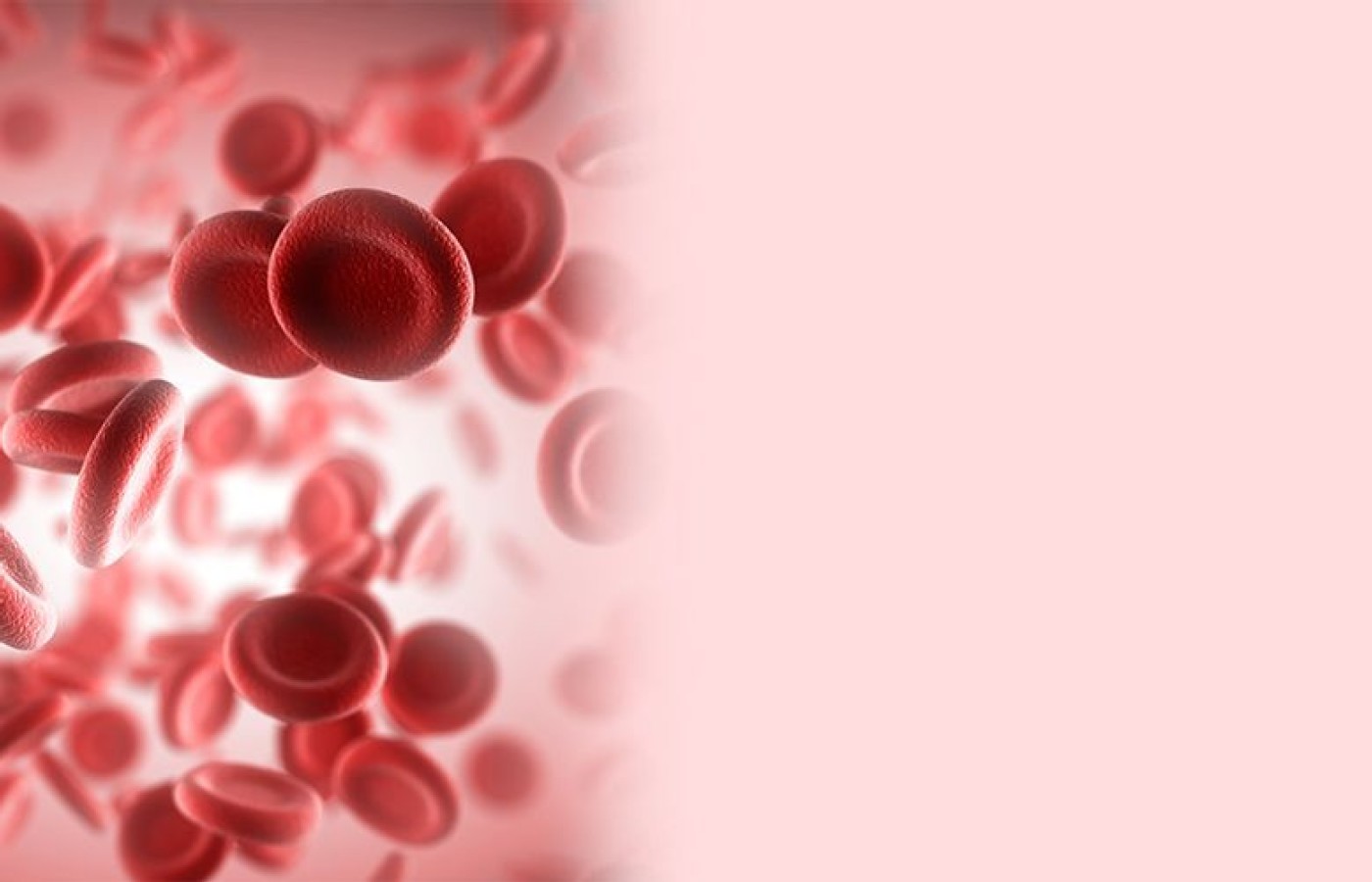Whether you accept it, avoid it or live somewhere in between, insurance coverage has become a defining issue for our profession. Patients increasingly expect to use their benefits, practitioners want to be compensated fairly for their time and expertise, and the system itself remains – at best – fragmented. The encouraging news is that coverage has expanded in meaningful ways. The challenging news is that reimbursement, across the board, remains inadequate.
The Origin of Blood
When was the concept of blood realized?
"Having received sufficient blood, the liver can support healthy eyesight. Having received sufficient blood, feet can walk. Having received sufficient blood, the palm can grasp hold of objects. Having received sufficient blood, the fingers can pick up things."
— The Huang Di Nei Jing
Allopathic History
The Roman doctor, Galen, (2nd century AD) did pivotal work to prove that blood, which he thought was produced by the liver, and the cardio vascular system existed. He conceived that the arteries and veins were two separate networks. Blood, he thought, did not circulate but rather ebbed and flowed, dissipating if it was not needed. This view was held until 1628 when William Harvey, a British physician, published, in Latin, "The Anatomical Function of the Movement of the Heart and the Blood in Animals" which corrected past misunderstandings of what blood was and how it moved throughout the body. His findings lay the foundation for modern medicine's perspective of cardiovascular function and physiology.
TCM History
Blood is one of our oldest concepts in TCM, traceable to the Yellow Emperor's Classic, written 4700 years ago. What is Blood, what is it made of and what does it do? Allopathic perspective— Blood is a specialized body fluid. Whole blood, a combination of all blood's ingredients, is a mixture of about 55 percent plasma and 45 percent blood cells. It is 7-8 percent of the body's weight. An average-sized man has about 12 pints of blood in his body, and an average-sized woman has about nine pints. Blood has four main components: plasma, red blood cells, white blood cells, and platelets.
How Plasma Serves the Body
The liquid element of blood, plasma is a mixture of water absorbed through the GI tract daily, sugar, fat, protein, and salts. It holds all the cellular components of blood in suspension so they can move easily. It's main job is to transport cells, nutrients, antibodies, clotting proteins, chemical messengers such as neurotransmitters and hormones, waste products and proteins that help maintain the body's fluid and electrolyte balance. It adjusts the body's Ph balance, regulates body temperature, serves as a protein reserve and carries waste products to the kidneys and liver, which filter and clean the blood.

Known for their bright red color, RBCs are the most abundant cells in the blood, making up 40 to 45 percent of its volume. The shape is a biconcave disk with a flattened center - both sides have shallow, donut looking bowl-like indentations. Red blood cells are produced by bone marrow and, after approximately seven days of maturation, are released into the bloodstream. They have no nucleus and can easily change shape. While the lack of a nucleus makes a red blood cell flexible, it limits its life as it travels through the smallest blood vessels, damaging it's membranes and depleting energy supplies. RBCs survive, on average, 120 days, and are then destroyed in the spleen, which separates out the iron to be used again for new RBCs.
Red cells carry hemoglobin, a red, iron-rich protein that binds oxygen and carries it from the lungs to the rest of the body, returning waste from oxygen use, carbon dioxide, from the body to the lungs so it can be exhaled. Blood appears red because of pigment in hemoglobin. There average 50-54 million RBCs in 1 micro liter of blood. One micro liter of blood equals 0.020 drops of water. That's a really, really tiny drop of blood!
White Blood Cells (Leukocytes)
White blood cells protect the body from infection. Fewer in number than red blood cells, they make up 1 percent of blood cells. The most common type, making up 55-70 percent of all white blood cells is the neutrophil. It is the "emergency response" cell. Each neutrophil lives less than a day, so bone marrow must continually make new ones to protect against infection.
The other major type of white blood cell is a lymphocyte. There are 2 kinds—T lymphocytes regulate the function of other immune cells and directly attack many types of infected cells and tumors. And B lymphocytes make antibodies, which are proteins that target bacteria, viruses, and other foreign materials. An average adult has about 7,000 WBCs in each micro-liter of blood. At the first sign of infection, this number increases (up to 25,000 per micro liter of blood) to increase the body's fighting power against germs.
Platelets (Thrombocytes)
Platelets are fragments of cells that support blood coagulation and clotting. They gather at an injured blood vessel, stick to it's lining, and form a platform on which blood coagulation can occur. Their action results in the formation of a fibrin clot, which covers the wound and serves as the structure upon which new cells can be deposited. This prevents blood from leaking out and supports healing. A normal platelet count ranges from 150,000 to 450,000 platelets per micro liter of blood.
TCM Perspective
Blood is called xue (pronounced "shway") and is the body's capacity to nourish itself. Denser and more yin than chi, blood is theoretically inseparable from it. It is the mother of chi in that it feeds the organs that create chi and yet it needs chi to move throughout the body. Ying (nutritive Chi) flows with blood through the channels. Unlike it's western counterpart, whose functions are based on the characteristics of it's components, the nourishment ability transported within blood is not restricted to the physical body but is extended to include the spirit and mental activity.
Plasma is not separated from blood in TCM theory but the bodily fluid regulating aspect of blood comes from proteins and electrolytes carried by plasma, not by blood's cellular components. How is blood made, and when was that process discovered?
Allopathic Origins
In 1866 Ernst Neumann, a German pathologist, first published his theories on bone marrow as a blood-forming organ. He postulated the existence of common stem cells for all hematopoietic cell production. Current understanding on the topic of blood production is built upon his foundational ideas, which were proven to be true within 20 years of publication.
Blood cells develop from hematopoietic stem cells in the bone marrow through the process of hematopoiesis. Hematopoietic stem cells are capable of transforming into red blood cells, white blood cells, and platelets. These stem cells can be found circulating in the blood and bone marrow in people of all ages, as well as in the umbilical cords of newborn babies.
TCM Origins
Blood originates from both pre-heaven post-heaven pathways. In the post heaven path digested food is turned into food essence by the stomach and spleen's transforming functions. It is then transported upwards by the spleen to the lungs which send it to the heart where it is converted into blood with the help of Original Chi stored in the kidneys.
The pre-heaven path originates with Jing, which is stored in the kidneys. Jing travels to the bones where its turns into marrow. The marrow, in turn, produces blood. Jing also goes to the liver to be transformed into clear blood. The TCM theories of food essence and bone marrow contributing to blood formation are as old as the Nei Jing.
I hope you enjoyed reading about the history and profound differences in the concept of blood from these two profoundly wise medical perspectives.



